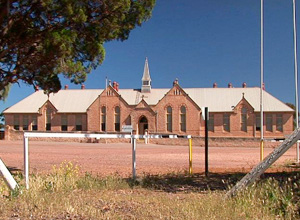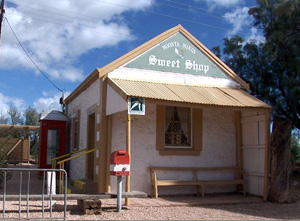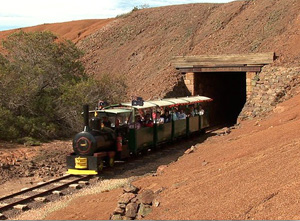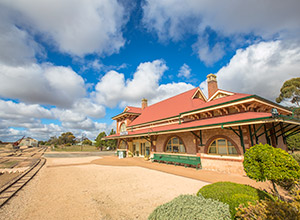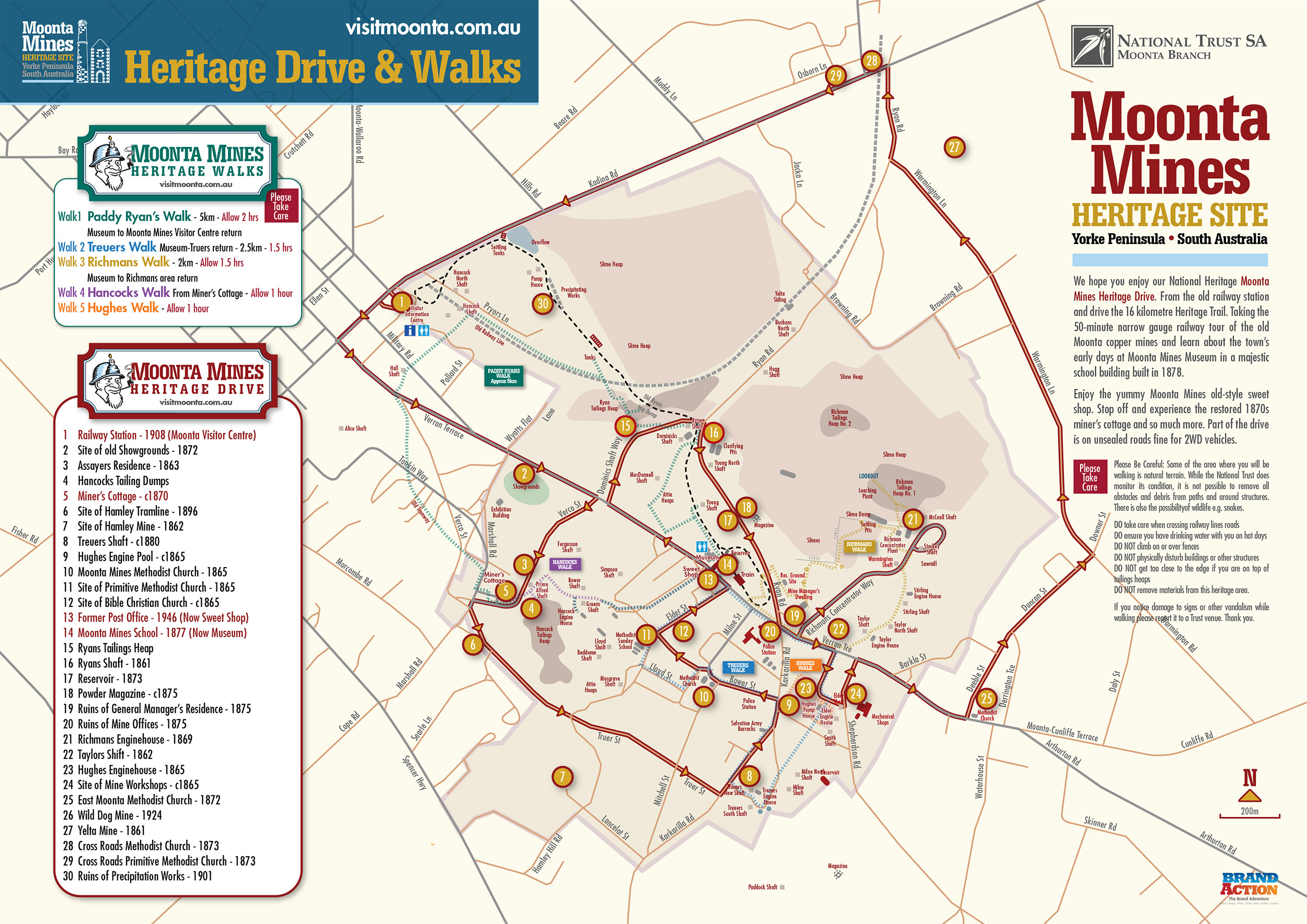Hughes Enginehouse
Hughes Enginehouse played a focal role in the operations of the Moonta Mine. Its function was to dewater the underground workings on the mine’s largest orebodies. These orebodies, known as Elders and Elders West Lodes, were worked over a length of 1000 metres and to depths of more than 700 metres.
This classic Cornish enginehouse was constructed alongside Hughes Shaft by John Beaglehole between late 1863 and early 1865. It was named after Walter Watson Hughes, the founder of the Moonta Mining Co.
The building housed a 60-inch Cornish beam pumping engine installed under the direction of engineer Frederick May, and officially started by Captain Hancock on 2 September 1865. The engine and its installation cost £7000 ($1-2 million by today’s standards).
The engine operated pumps in Hughes and Taylors Shafts which allowed mining of the main orebody below natural water level. It worked continuously, except for maintenance, for more than 58 years until closure of the mine in 1923.
The machinery was scrapped and the buildings were salvaged when the Wallaroo and Moonta Mining and Smelting Co. liquidated in 1925. In 1973, the National Trust carried out conservation work on the enginehouse and chimney.
Around the enginehouse were several other important structures including Elders winding engine, mechanical workshops, stables and stockyard, and the engine pool. A walking trail provides access to Hughes Enginehouse and environs, and signs interpret the remaining structures.
Enquires to Moonta Mines Visitor Centre (08) 8825 1891




